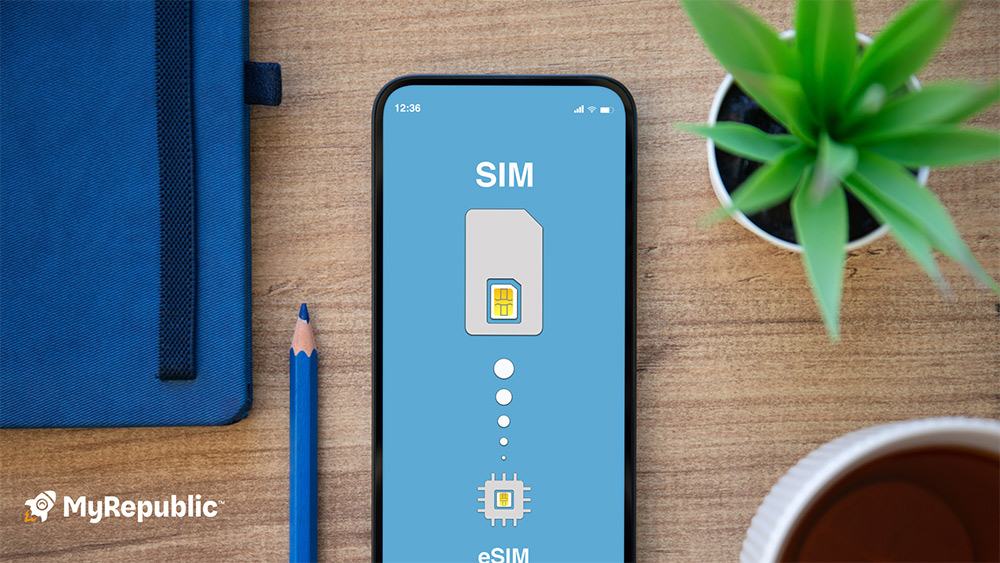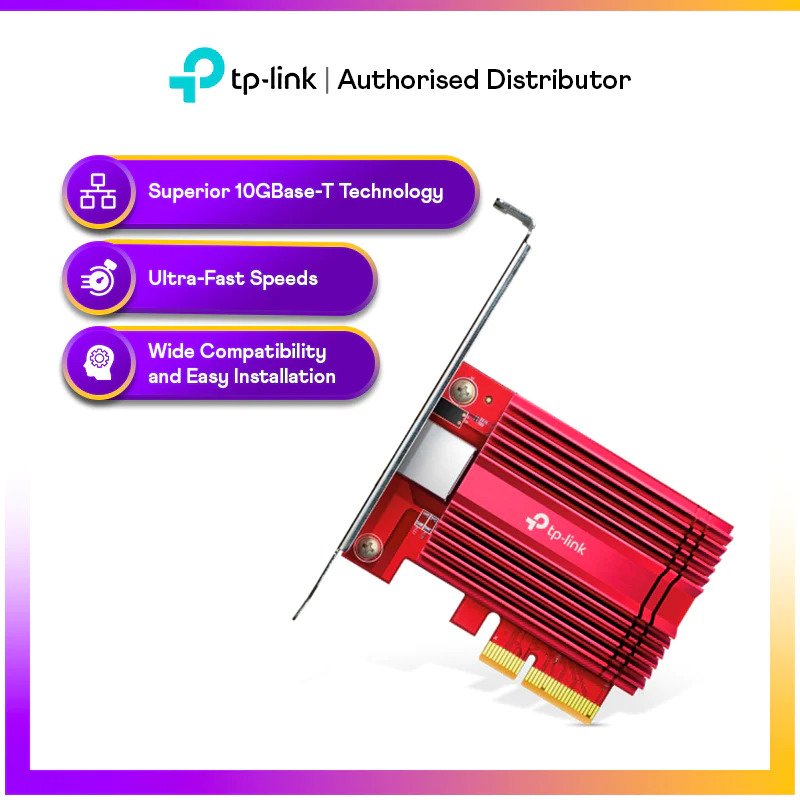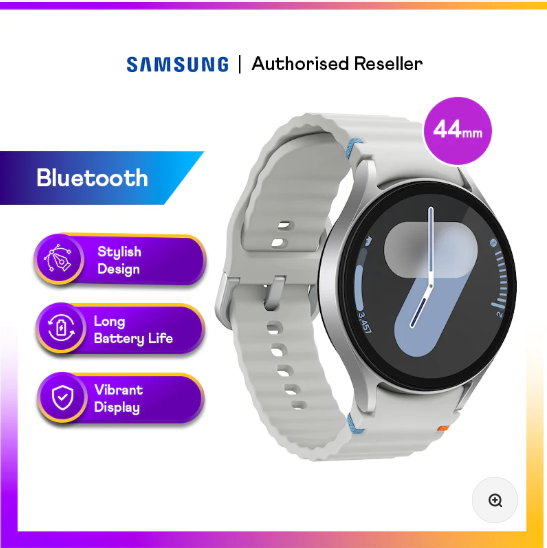Since Apple’s September 2022 launch of the eSIM-only iPhone 14 lineup for the US market, consumer interest and discussion around eSIM technology have reached a new mainstream high. While it’s still unclear when other mobile handset manufacturers might adopt a similar eSIM-only approach, phones and other devices with eSIM are becoming increasingly common.
In this explainer guide, we’ll unpack how the eSIM can replace the SIM card, what it means for consumers and the reasons you might choose to use one. We’ll also give an overview of how to use your eSIM in Singapore.
Before we address why eSIMs are becoming increasingly popular, we should understand what a SIM card does and how the eSIM is the latest innovative standard in this area.
SIM cards can’t hold a lot of information–only up to 256KB of data actually–but they don’t need much storage to do their job.
Basically, when your mobile device with its SIM card connects to a cellular network, the SIM card uses the IMSI and an authentication key to tell your mobile provider that the device belongs to you, the subscriber who purchased the mobile service. This ensures your device gets the right service and that your usage is tracked and charged properly.
The ICCID is used to identify every integrated circuit card produced, with the numbers giving information on that card’s industry (for SIM cards this would be the telecommunications industry), its designated country and the issuing service provider. Any mobile network operator across the world can use the ICCID to check which network that SIM card should connect to.
In addition, a SIM card generally contains enough memory to store up to 250 contacts, some SMS messages and other information used by your mobile operator.
You’ve probably noticed that as mobile phones have gotten smaller over the years, so too have SIM cards.
That’s because space is valuable when it comes to smartphone design: the smaller the SIM card, the more space phone manufacturers get to use to squeeze in other components (like a bigger battery or more cameras) or to make phones slimmer.
The first iteration of the SIM card or 1FF (1st form factor) starting when it first appeared in 1991, was the size of a credit card.
This mini-SIM format–the size of a thumbnail–is probably the form Gen X and most millennials are familiar with: they were the standard for the next decade and a half while first generation full-size SIM cards quickly grew obsolete. Even today this is known as the regular or standard SIM format.
The nano-SIM is also thinner than its predecessors, which means you’ll need an adapter to use it with older device models that only support 3FF or 2FF SIMs.
At this point it’s not really feasible to go beyond the 4FF and make a replaceable SIM card even smaller. To do so, you’d need to shrink the microchip’s contact area and how its connectors are laid out. This would mean developing a new chip and getting the mobile industry including phone manufacturers to adopt a new standard.
Additionally, handling something smaller than a nano-SIM and inserting it into a phone would be difficult for most people. There’d also be a higher chance of misplacing a smaller-than-nano SIM card or damaging it.
This is why for the next generation of SIM evolution, there’s the eSIM.
eSIM stands for “embedded SIM” as this SIM is embedded directly in your mobile device, with the circuitry of a SIM soldered onto your device’s motherboard. As such the term “eSIM card” is not really accurate: there’s no plastic card attached to an eSIM.
You also can’t and won’t need to ever install an eSIM: if your mobile handset supports eSIM, the eSIM components are already built in at the factory.
Notably, eSIMs cannot be removed (at least not without cracking open the handset and desoldering the chip), which isn’t a problem because unlike physical SIM cards, which are set to only work with the operator who provided them, eSIMs are programmable.
So instead of inserting a new physical SIM card to access a mobile network, you’d download information from your carrier to program or configure the eSIM, providing it with the necessary details for you to connect to the network.
In terms of functionality, an eSIM operates much the same as a traditional SIM card: once programmed an eSIM stores your IMSI, ICCID and security authentication for mobile operators to connect your mobile device to the right cellular service.
There is of course much more to an eSIM than simply sticking a SIM card microchip onto your mobile device’s motherboard.
An eSIM uses technology known as Embedded Universal Integrated Circuit Card (eUICC) that enables SIM profiles to be provisioned and managed remotely and securely. As mentioned earlier, in industry terms UICC refers to the SIM, so an eUICC basically means eSIM but it specifically refers to the software component.
The standards of eUICC were developed by leading mobile industry trade body the GSM (Groupe Spécial Mobile) Association, better known globally as the GSMA.
Beyond defining this innovative way of digitally loading SIM profiles into devices, the GSMA has helped build an ecosystem of platforms and players to create the eSIM solution, ensuring it offers the same level of security and protection as the traditional SIM card.
The eUICC application is what allows an eSIM to hold multiple SIM profiles at the same time and modify stored profiles remotely through API calls or software. This includes downloading new profiles or activating a dormant profile.
The eUICC application is what allows an eSIM to hold multiple SIM profiles at the same time and modify stored profiles remotely through API calls or software. This includes downloading new profiles or activating a dormant profile.
SIM cards have served us well for many years and continue to do their job. Plus, they don’t look to be going obsolete anytime soon. Why should you as a consumer switch to using an eSIM? And what other benefits of eSIM technology can you look forward to?
With an eSIM, you won’t have to go through the logistics of a physical SIM card: you wouldn’t need to travel to a local store or wait days for a new SIM card to be mailed or couriered to you.
The entire process of signing up for a mobile plan and its service activation process can be done over an internet connection on your own: the latter usually by using a service provider’s app or by scanning a QR code using your phone’s camera.
By making the experience of getting connected more seamless, the use of eSIM helps empower customers, making it easier for users to switch mobile providers.
While the need to replace a SIM card may not happen too often, it can be a hassle.
Going with an eSIM means no need to hunt for an ejector tool or something small enough to get the SIM card tray out of your phone. It also means no need to resize or get an adapter if your SIM card isn’t the right size for your device.
Additionally, there’s no risk of misplacing a physical SIM card if you temporarily need to switch operators, like when travelling overseas. All your digital SIM profiles would remain safely stored in your eSIM.
Before eSIM technology, if you wanted to use two or more mobile lines concurrently, you either needed to carry multiple devices with you or get a dual SIM phone with slots to hold two SIM cards.
These dual SIM phones would be unsurprisingly heavier and bulkier than their counterparts. Additionally, not all popular phone models supported two physical SIM cards. For example, the iPhone was notorious for not offering dual-SIM support for years and only does so today with eSIM (with the exception of certain iPhones models manufactured specifically in China and Hong Kong).
Using an eSIM, you can have multiple profiles (with different mobile plans from different mobile service providers) stored in your phone and easily switch between them using your provider’s app and your phone settings.
Notably, many handset models also allow you to use a combination of eSIM and a physical SIM card for multiple lines.
Considering that identifying information is stored on the SIM, you’d want to avoid it falling into the wrong hands. In the case of an eSIM, it can’t be stolen without stealing your entire phone, which makes it obvious if your SIM has gone missing.
For example, identity thieves sometimes quietly steal SIM cards in port out scams and gain access to a person’s calls and text messages. Removable SIM cards can be read directly by any phone. And once they have your phone number and personal details, these criminals may then be able to take control of your financial accounts and social media.
Now some thieves don’t want to steal your identity, just your phone. Thankfully eSIM cards are generally programmed to request verification from your mobile operator to make any changes to the profiles stored on the eSIM.
In other words, a thief can’t simply overwrite an existing eSIM profile to use a stolen phone: it won’t be as easy as replacing its SIM card.
This guide wouldn’t be complete if we didn’t mention the benefits of eSIM in the area of M2M and the Internet of Things (IoT): these applications were key drivers for eSIM development and stand to dramatically benefit from eSIM innovation.
M2M and IoT are sometimes used interchangeably but you can think of IoT as an evolution and subset of M2M.
As the term “Internet of Things” implies, having a mobile internet connection is vital so that the many physical devices (the “things”) embedded with sensors, software and technologies can communicate with each other for remote control, monitoring or tracking.
Managing and ensuring IoT cellular connectivity has not been easy to achieve and eSIM looks to be a gamechanger in two key ways.
We’ve already seen how SIM cards have gotten smaller over time as manufacturers continuously optimise the available space to pack in either more hardware or make devices lighter and sleeker.
This is already a challenge for mobile handsets but for IoT smart devices such as wearables (think smart watches, smart glasses, smart clothing, fitness trackers, body-mounted sensors, hearing aids etc.) every millimetre of space is at an even greater premium.
eSIM has made a SIM smaller than it’s ever been: a consumer eSIM (which is the MFF2 format we mentioned before) is about three times smaller than the smallest nano SIM card while the industrial-grade Wafer-level Chip-scale Package (WLCSP) format is about 50 times smaller. That’s really tiny!
In fact, the very first consumer device to implement a GSMA-compliant eSIM was the Samsung Gear S2 smartwatch in 2016.
Additionally, with eSIM there’s no need for SIM card reader slots, which means more space saved and no openings for card replacements, allowing these connected devices to be fully sealed, waterproof as well as dust-proof.
Installing and swapping a SIM card for a few mobile devices is troublesome enough, imagine doing it for an entire network or fleet of IoT machines numbering in the thousands or more.
In fact, before taking off in the consumer market, eSIM benefits were actually first explored and realised in smart cars.
The logistical challenge here was that automobiles are shipped for sale around the world. Different countries would have different mobile providers and different SIM cards. Installing SIM cards by country and switching them whenever cars changed mobile operators would have been costly and time-consuming.
There are also IoT devices that are deployed in not easily accessible locations or vast areas of land, such as sensor networks for farms or across forests.
With eSIM, we can now do remote provisioning: SIM profiles can be added, removed or changed remotely and even done in bulk, greatly streamlining operations and logistics.
There are a few potential downsides with using an eSIM. That said, these are quite subjective: depending on your usage, location and service provider, you may hardly ever encounter these situations or find little issue with them.
Using a SIM card, if your phone stops working because it’s completely out of battery or damaged, you can remove the card, insert it into a secondary phone and get your mobile service back.
You wouldn’t be able to switch over as quickly with an eSIM: to use another phone you’d need to go through the process of activating the eSIM there (which would require an internet connection) or get a new SIM card for it.
Similarly, if you’re someone who uses one mobile subscription among multiple devices, it will be more difficult to do so with eSIM: you’d need to go through the activation process and authenticate with your operator each time you change device.
While support for eSIM is increasing globally, it simply isn’t everywhere yet. And if the local mobile operators don’t support eSIM, you won’t be able to use it when you are in that country.
Now this isn’t really an issue if your phone supports both eSIM and traditional SIM: you’d just have to use a SIM card temporarily while travelling but it will be a concern for purely eSIM devices like the US-version iPhone 14.
Once a mobile device with an active eSIM is switched on, it will automatically connect to the network. This is great for dealing with phone thieves but a downside if you’re concerned about personal privacy and your movements being tracked.
With a traditional SIM card, you could take it out of the phone if you didn’t want it to connect to a cellular network. Having an eSIM makes it harder to fully disconnect your mobile device.
As one of the most digitally connected countries in the world, it’s no surprise that despite being a relatively new technology, using an eSIM in Singapore with a mobile plan is quite simple and straightforward.
eSIM support in Singapore has been available for a few years now, although it’s not quite prevalent yet.
In 2018, Singapore Mobile Network Operator (MNO) M1 was the first to make eSIM available as an option for specific handsets, namely the iPhone XS models and the iPhone XR. These were some of the first phone models in the market to support eSIM that had debuted that same year.
It was also in 2018 that the Singapore Infocomm Media Development Authority (IMDA) first launched a public consultation on eSIM technology, recognising the benefits of the technology for IoT and M2M applications as well as how it would provide greater convenience for consumers.
Operator Singtel offers limited eSIM support only in the form of NumberShare, an add-on service for Apple Watches and Samsung Galaxy watches.
You’ll first need to make sure your mobile device has an eSIM and your chosen mobile service provider supports eSIM for that particular device. You may have an eSIM-compatible device but your provider needs to support it for the service to work. Not every provider in Singapore supports the same devices for eSIM.
If your handset has an eSIM, you’ll find options in its settings allowing you to configure your eSIM and switch lines and carriers. Additionally, you’ll need to download your SIM profile. The exact process of doing this will also vary with each service provider and also what device you’re using: some may have many more steps or take more time than others.
One common approach is to get your SIM profile is to use the provider’s downloadable mobile app or to sign in to their customer portal and change some settings online.
The other common approach involves using your phone’s camera to scan a unique QR activation code that your provider will email to you after you’ve signed up for a mobile plan.
Notably, to activate the eSIM you will need an internet connection, be it a home broadband Wi-Fi connection or a cellular connection on your device if it has another active SIM.
You can definitely get a mobile number while using an eSIM: it really depends on what kind of mobile plan or service you’re subscribing to. There are some data-only eSIM providers in the market (usually international providers for travellers) that offer only data packages without calls or SMS.
For current Singapore providers that support eSIM for mobile postpaid plans, there’s generally no difference between using an eSIM or SIM card i.e. you can get a number, calls, SMS and other add-on services with an eSIM just as you would with a SIM card.
If you don’t need to buy a new mobile handset that supports eSIM, then the costs of using an eSIM generally depend on your mobile service provider. For example, a provider may charge you extra for activating an eSIM or to transfer your number from a SIM card to an eSIM. Some providers may only offer eSIM for more expensive or select mobile plans.
Generally for Singapore, costs do not seem to be a significant factor preventing consumers from using eSIMs. Operators like MyRepublic offer eSIM at no additional charge with new mobile plan sign-ups, and an eSIM option is available for all 4G and 5G mobile plans.
Going with eSIM might even save you a bit of cost given how you won’t have to travel to pick up a SIM card or risk losing your SIM card and paying for a replacement.
Assuming both are using the same device, same mobile network and installed properly, there is no difference in connection speed or signal performance between an eSIM and a physical SIM card.
Likewise, there’s no difference in battery consumption when using an eSIM versus a SIM card.
Not really, they involve different standards and different applications: 5G refers to the latest standard of technologies for mobile networks while eSIM is the latest standard for SIM, which is about identifying and linking you and your mobile device.
While different areas, 5G and eSIM can be used together, giving you the benefits of both areas. You could, for example, use eSIM with a 5G mobile plan if you have a compatible 5G and eSIM mobile phone and your provider supports both.
You could say 5G and eSIM are broadly related in the sense that both technologies benefit and enable new developments in the area of IoT. Both (in their own way) will help create longer device lifecycles and maximise returns on IoT investments.
You’ll definitely find an eSIM more worthwhile if you’re an existing dual SIM user or are already planning to get a second mobile line.
While not all service providers in Singapore have eSIM offerings, there are a number of competitive mobile offerings to choose from that support eSIM at no additional service cost. It also seems just a matter of time before eSIM support becomes more widely available.
Finally, if you do find yourself not liking how an eSIM works after trying it out, there’s always the option of going back to the humble SIM card for now.

























